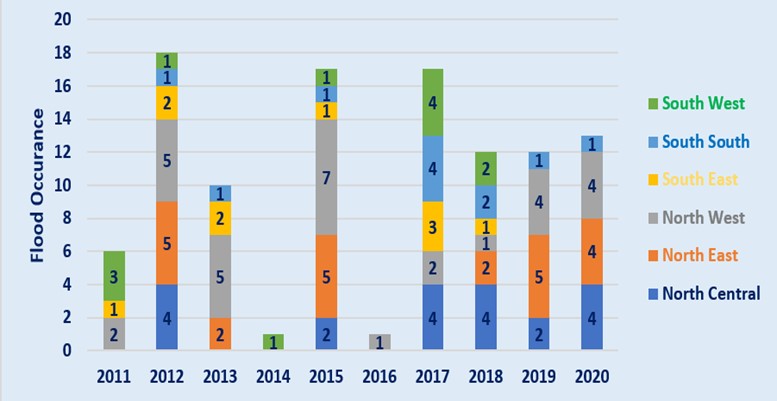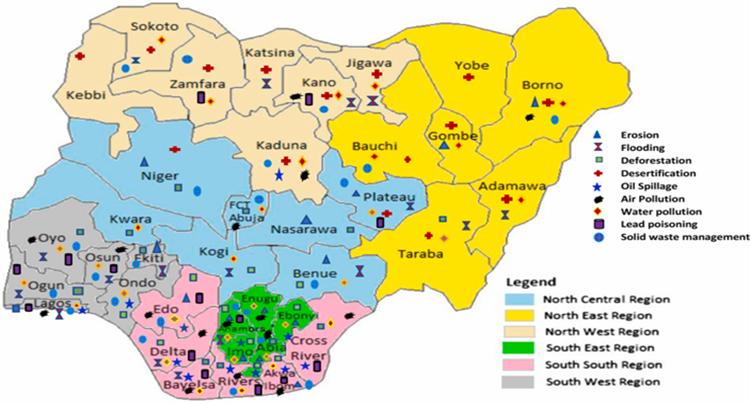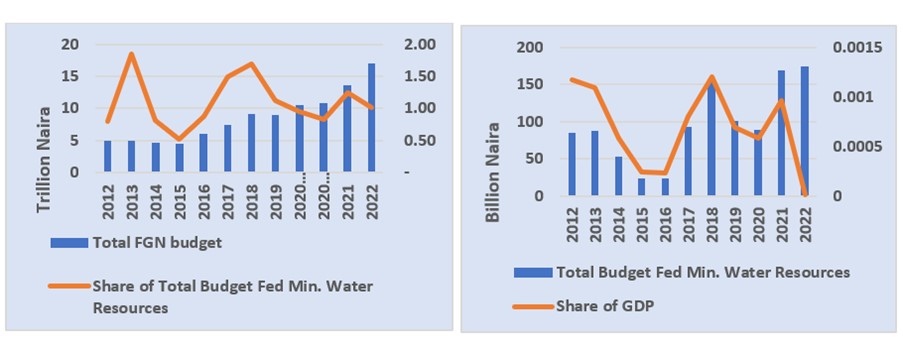The majority of Asian countries have taken concrete steps to establish national frameworks to implement the SDGs.
This article is based on a longer version that was originally published by CSEA-Nigeria.
Access to clean water and sanitation (Sustainable Development Goal 6) is a basic human right that is still a challenge for millions worldwide. As of 2020, approximately 2 billion people lack access to safely managed drinking water services, and an estimated 4.2 billion people lack access to safe sanitation facilities (Sustainable Development Goals Report, 2022). The water crisis has severe impacts on health, well-being, and productivity, leading to millions of deaths each year from waterborne diseases like cholera, diarrhoea, and typhoid fever. Women and girls are disproportionately affected. They spend hours collecting water and facing risks of violence and harassment due to inadequate sanitation facilities.
Lack of safe water and sanitation also limits productivity and economic potential, perpetuating poverty. Marginalized communities are often excluded from basic services and infrastructure. Urgent action by authorities is needed to ensure access to safe and sustainable water and sanitation for all. The recent World Water Day calls for collective action to accelerate change, especially in Nigeria where the crisis is critical.
The Nigerian Case: An Insight
Nigeria’s water and sanitation crisis is severe. It affects millions in urban and rural areas, with flooding, poor management, scarcity, and limited access to sanitation facilities. This emergency has significant public health and economic implications.
The recurring issue of flooding is one of Nigeria’s most pressing water-related challenges. Widespread flooding has affected over 3.2 million people in Nigeria, resulting in over 600 fatalities. It has displaced over 1.4 million people. According to the United Nations Office for the Coordination of Humanitarian Affairs (OCHA), the inundations have affected 34 of Nigeria’s 36 states, destroying or damaging over 569,000 hectares of farmland and exacerbating the country’s alarming food insecurity. Flooding not only worsens the existing water and sanitation crisis in the country. It also causes significant damage to infrastructure, property, and crops, resulting in economic losses and long-term negative impacts on livelihoods.

Nigeria’s geography and topography, combined with poor urban planning, inadequate drainage systems, deforestation, land-use changes among others, significantly contribute to the frequency and severity of flooding. It can also cause water contamination and damage to sanitation facilities, which leads to the spread of water-borne diseases. Urban areas are particularly affected, where access to safe drinking water and sanitation is already limited.
Inadequate access to water and poor management practices contribute significantly to Nigeria’s water and sanitation crisis. The World Bank estimates that 70 million Nigerians lack access to safe drinking water, and 114 million lack access to basic sanitation facilities. Liquid sources are often polluted with hazardous substances, posing health risks to those who consume or use the water (CDC, 2018). The outdated and inadequate water and sanitation infrastructure, lack of investment, and pollution of water sources due to inadequate waste disposal and industrial practices worsen the issue. As a result, only a small percentage of the population has access to clean and safe drinking water and sanitation facilities.

Nigeria has abundant water resources, but poor water management practices and inadequate infrastructure render most resources unfit for human consumption. H2O scarcity is a significant challenge, with the average Nigerian consuming only 9 litres of it per day, falling below acceptable standards. Rapid population growth, urbanisation, and industrialisation have exerted pressure on the country’s liquid resources, leading to depleted and polluted water sources and worsening the scarcity challenge.
Measures Implemented to Tackle Nigeria’s Water Crisis
The Nigerian government and Civil Society Organizations have been taking significant steps to address this crisis. In 2000, the government implemented the National Water Supply and Sanitation Policy. The National Action Plan on Water Supply and Sanitation was launched in 2012. The recent National Development Plan 2021-2025 has also set a goal of increasing access to water and sanitation by 2030 and ending open defecation by 2025 in compliance with SDGs 6.1 and 6.2.
The Nigerian government plans to invest 1.60 trillion naira over five years to provide water and sanitation to 90% of the population. In 2021, the government built about 2,300 Water Points and 6,546 hygiene facilities and sanitation compartments nationwide. Community efforts have also improved safe drinking water and sanitation. Several Nigerians have dug wells and built water tanks to provide clean water to their communities.
Despite these attempts, challenges remain. Nigeria’s water and sanitation infrastructure budget is below 2% as the global standard. (See Figure 3A). The 2020 budget only committed 12 million to the government’s goal of investing 1.60 trillion naira over five years to provide water and sanitation to 90% of the population. Duplication and inefficiency result from poor government coordination of water and sanitation initiatives. Corruption and financial theft impede Nigeria’s water and sanitation initiatives (NIH, 2018).
Strategies for Accelerating Change in Nigeria’s Water Crisis
Individuals and communities are essential in promoting a water-secure world. Individuals and communities can contribute to sustainable water management by conserving water, reducing pollution, and promoting awareness. Community-led initiatives such as water committees can improve access to safe water and sanitation. Advocating for policies that prioritize sustainable water management and ensure access to safe water for vulnerable populations is also essential.
Investing in water and sanitation infrastructure is crucial to ensure safe and sustainable access to water and sanitation facilities, particularly for vulnerable populations. This will involve building and upgrading treatment plants, distribution systems, and sanitation facilities. Governments, international organizations, and the private sector must invest in this infrastructure to achieve universal access to safe water and sanitation.Top of Form

International cooperation and collaboration are essential to ensure universal access to safe water and sanitation facilities. Collaboration among governments, international organizations, civil society, and the private sector is essential to improve water and sanitation infrastructure, promote sustainable water management practices, and address root causes of the crisis, including climate change and pollution.
Education and awareness campaigns are also vital to promote sustainable water management practices, conserve water, and raise awareness about the health risks of insufficient water and sanitation facilities. They encourage a more equitable and sustainable utilization of water resources.
Text editor: Gabriela Keseberg Dávalos


